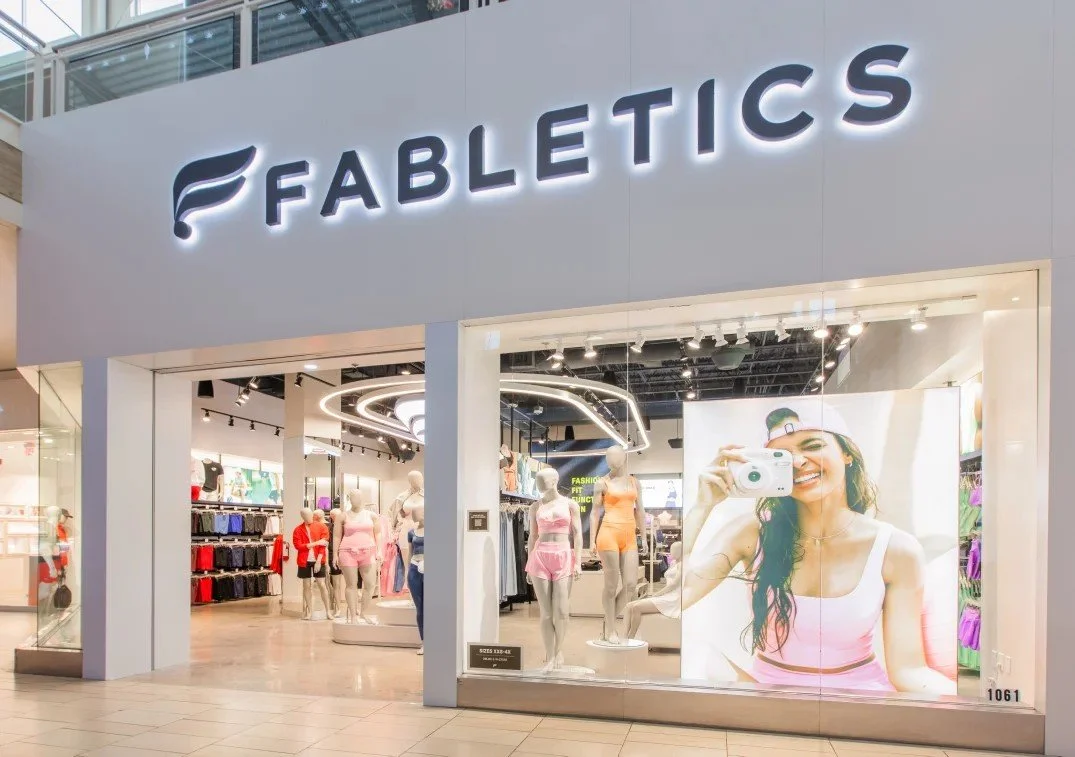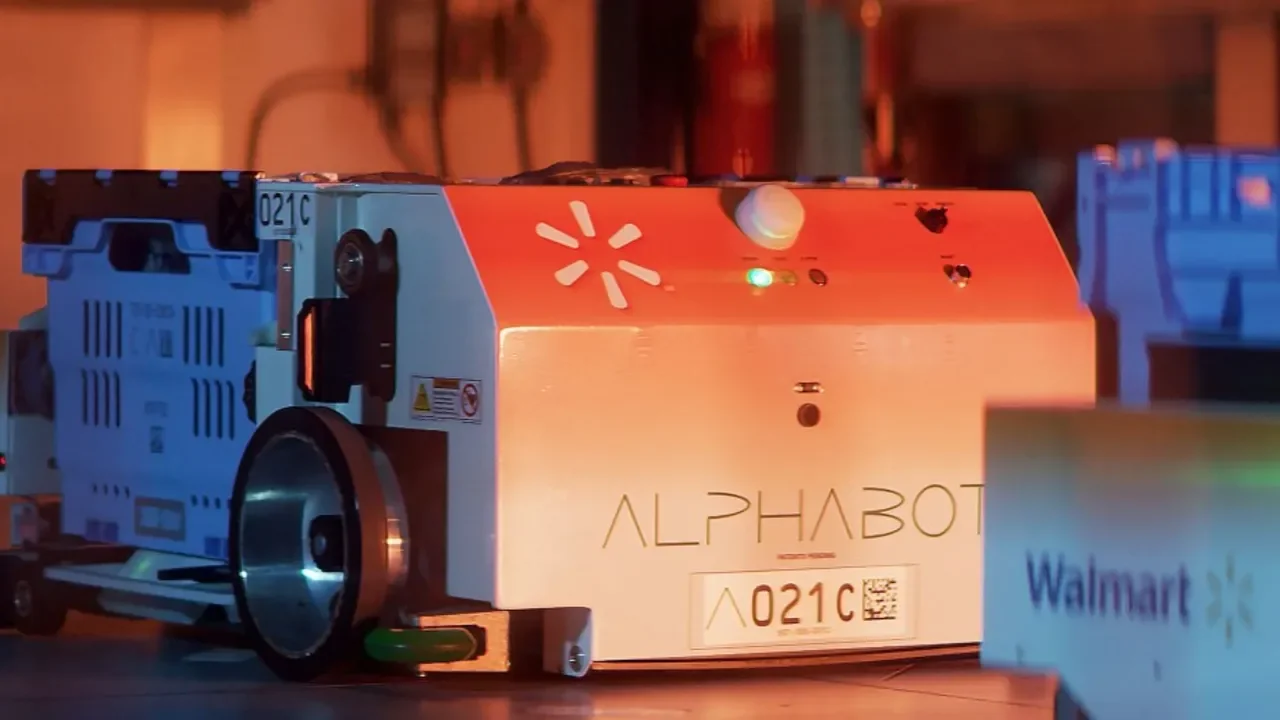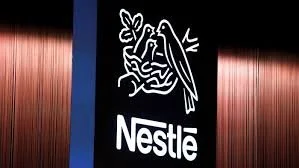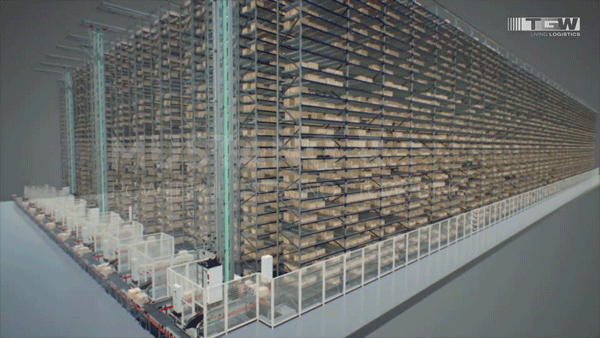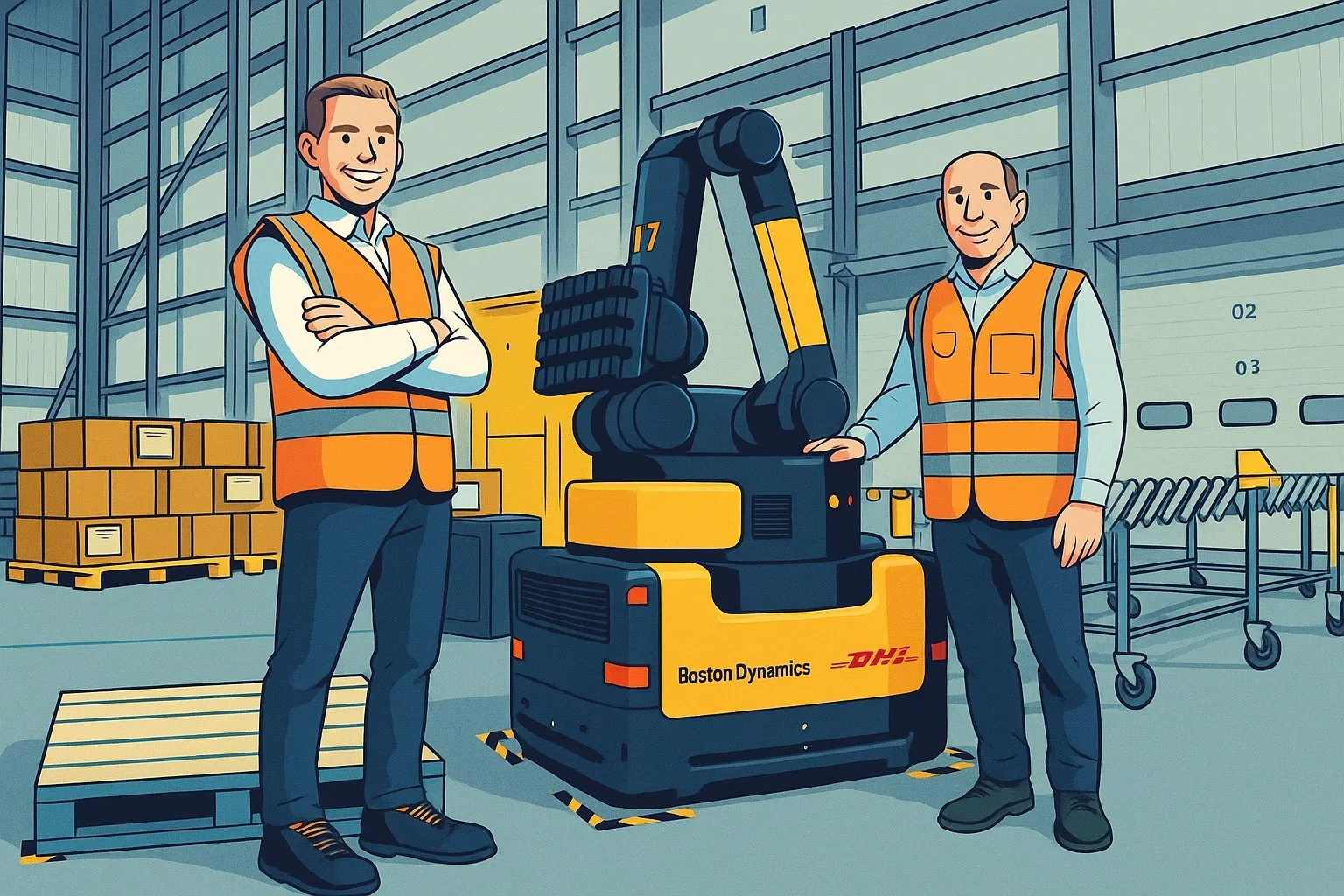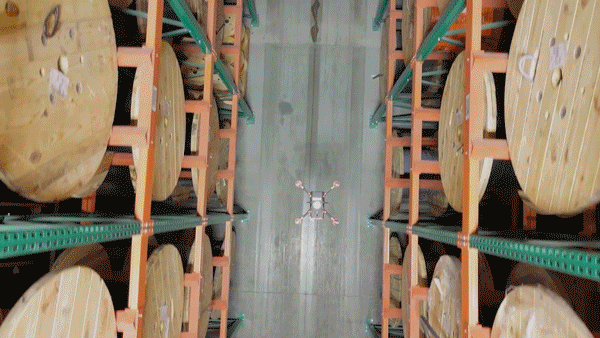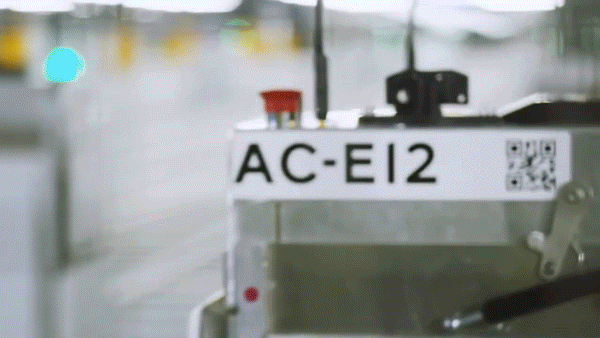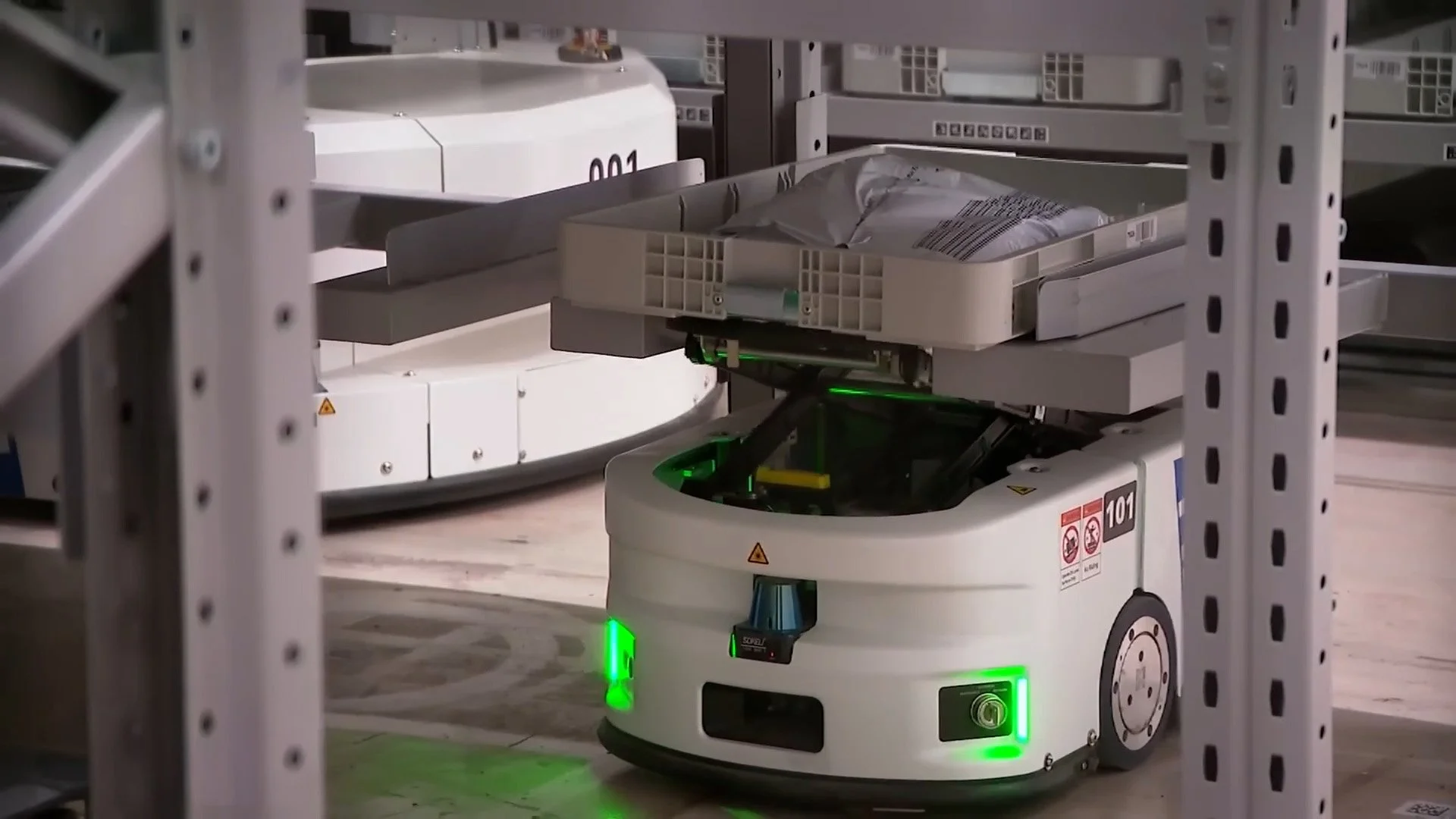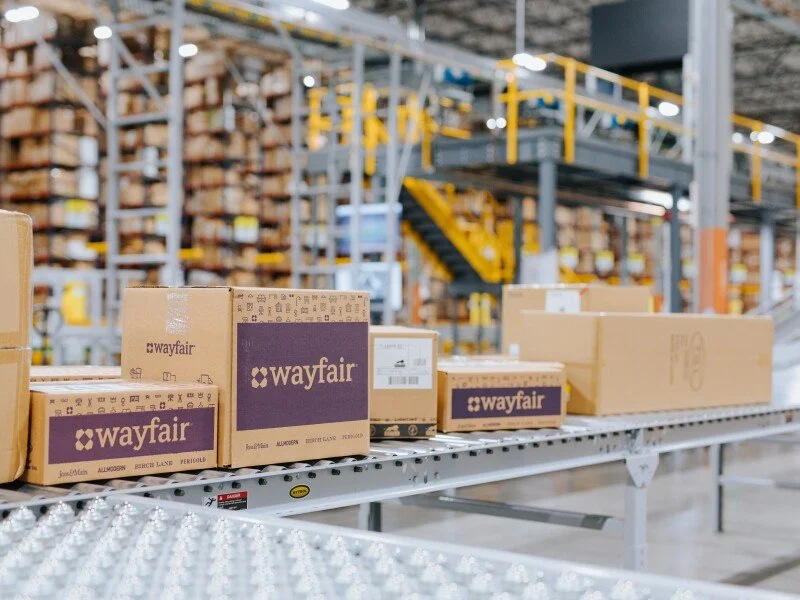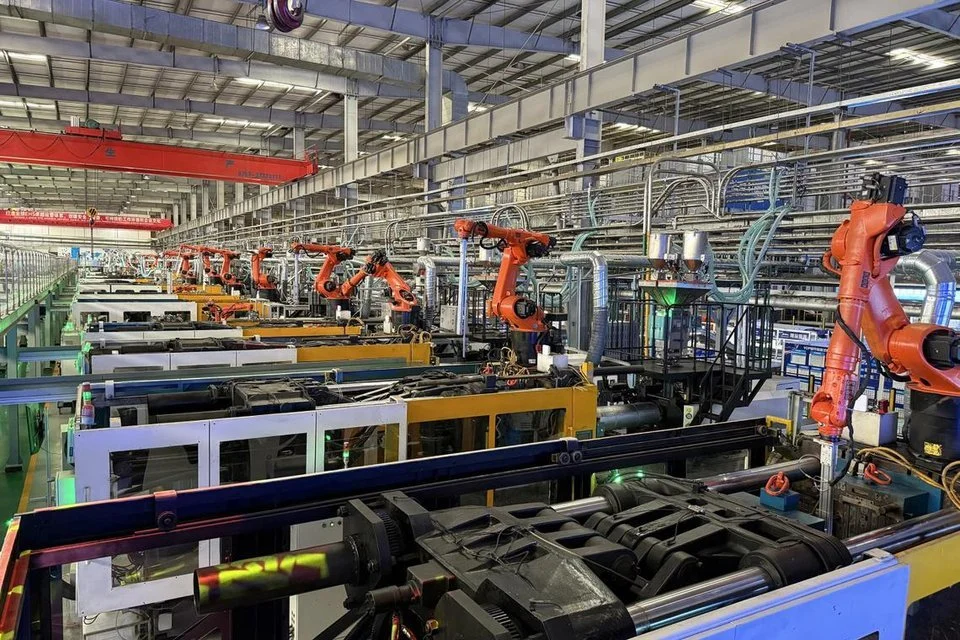Modelez Opens Massive Automated Chocolate Facility
Mondelēz Opens $130M Semi-Automated Distribution Hub in Victoria, Marking Major Leap in Supply Chain Efficiency
Mondelēz International, the global snacking giant and parent company of Cadbury, has officially opened its largest in-house, semi-automated warehouse and national distribution centre in Truganina, Victoria. This $130 million investment signifies a major milestone in the company’s efforts to fortify its Australian manufacturing footprint and enhance supply chain resilience.
According to Toby Smith, President – Australia, New Zealand, and Japan at Mondelēz International, the facility is a powerful testament to the company’s ongoing commitment to bold transformation and execution. “Every Cadbury Dairy Milk block, Pascall lolly, The Natural Confectionery Company treat and Olina’s Bakehouse biscuit made in Australia will now move through Truganina,” Smith shared. “It’s a vote of confidence for Australian manufacturing.”
Consolidation, Capacity, and Job Creation
The 47,000m² Truganina facility consolidates four distribution sites into a single location, increasing storage capacity by 60% and streamlining logistics operations. The upgrade is expected to create over 200 new jobs across warehousing, co-packing, and manufacturing, supplementing the more than 1,200 Victorians already employed by Mondelēz at its sites in South Melbourne, Ringwood, Scoresby, and Dandenong South.
The new site was inaugurated with Victorian Premier Jacinta Allan, Minister for Economic Growth and Jobs Danny Pearson, and local MP Luba Grigorovitch in attendance—highlighting the broader economic significance of the project for the state.
World-Class Automation Powers Efficiency
Central to the new facility’s capabilities is a state-of-the-art automated storage and retrieval system (ASRS). The ASRS serves 56,100 of the 85,000 total pallet locations and is designed for scalability, with capacity to expand to 62,000 pallet positions as demand grows.
This is the first national distribution centre operated in-house by Mondelēz in Australia, rather than through a third-party logistics (3PL) partner. The solution integrates:
11 vertical stacker cranes, each 32m tall
Double-deep load handling forks
490 metres of pallet conveyors
16 dual pallet flow lanes
Inverted monorail circuit with 22 dual-load trollies
WES warehouse execution system for intelligent orchestration
The system is built for high throughput with capabilities to handle up to 218 inbound pallets per hour and 255 outbound pallets per hour, enabling Mondelēz to simultaneously manage seasonal and non-seasonal product flows with enhanced efficiency and minimal handling.
Future-Ready and Aligned with Sustainability Goals
Wayne Angus, Vice President of Supply Chain for Mondelēz in Australia, New Zealand, and Japan, emphasized that this investment aligns with the company’s broader strategy to optimize logistics, reduce costs, and future-proof operations. “This facility is not only a step-change in capacity and productivity; it’s also a cornerstone of our strategy to achieve net-zero carbon emissions.”
The Truganina site operates entirely on renewable electricity and includes a 1 MW rooftop solar installation, which is expected to generate approximately 30% of the facility’s energy demand. It has also been designed to achieve a 5 Green Star Design Rating from the Green Building Council Australia.
Smart Flexibility for a Dynamic Market
The automation design features double-deep racking and built-in operational redundancy to maximize flexibility and uptime. This setup is critical for a business managing a diverse portfolio of snack brands and facing fluctuating consumer demand and seasonal peaks.
“The system gives us operational flexibility, improves safety for our team, reduces error handling, and enhances truck turnaround times,” added Angus. “It’s a comprehensive upgrade that makes us more resilient and responsive.”
Key Takeaway:
Mondelēz International’s investment in the Truganina distribution centre is more than just a new facility—it’s a strategic blueprint for modern, sustainable, and automated supply chains in the snacking sector. By bringing operations in-house and leveraging cutting-edge automation, the company is demonstrating what’s possible when digital logistics meets smart infrastructure.




